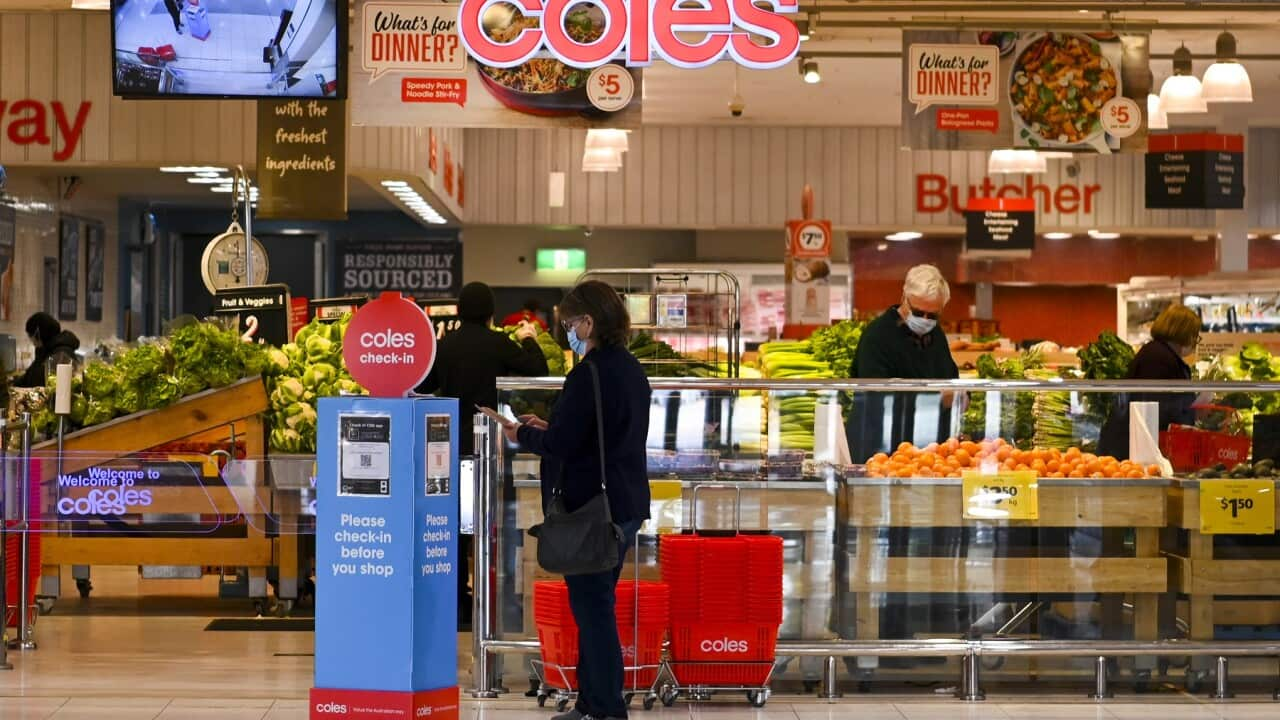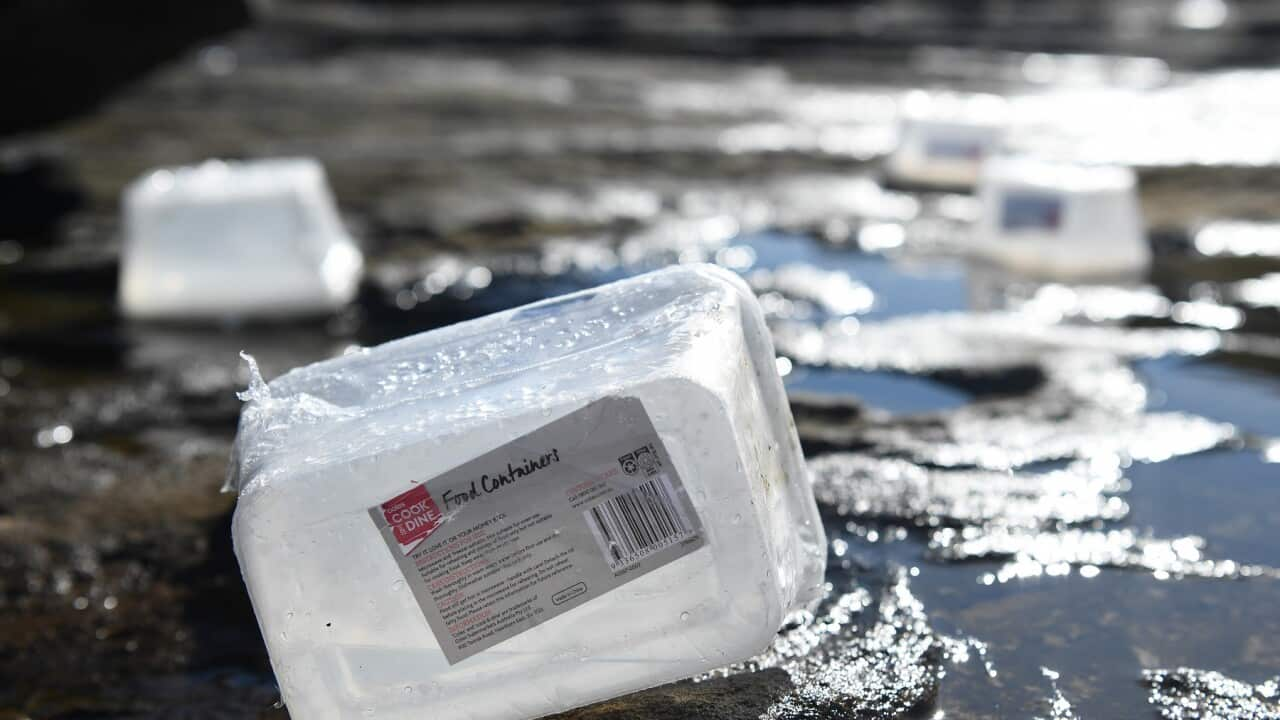It's no secret that cost of living pressures have been taking a bite out of family budgets.
The annual Deakin University analysis of food prices has confirmed some of that pressure is coming from the grocery aisle.
In the last 12 months to July 2023, some products have gone up by 40 per cent.
Research fellow at the University's Institute for Health Transformation, Dr Christina Zorbas, says increases were found across the board, including with staple items.
"This round of data analysis is really focused on looking at how a simple basket of about 30 staple, healthy food and drink items have changed over the last few years. Really staple items like apples going up in price by about $1 - so nearly at $5 a kilo - which is a bit worrying given how core an apple is in everyone's daily life. And then yeah, we've got similar trends in the dairy, meat products and things like spaghetti and bread all going up by $1 also."
Dr Zorbas says it's not all bad news.
"The good news is that some of the vegetable prices went down compared to last year because we've had better weather so especially things like lettuce which were costing upwards of $6 last year are now down to $3.90."
But the Institute has also found cheaper alternatives are now more expensive, with canned tuna up 25 percent to $2.50, and frozen vegetables also up by 18 percent to $6.50.
Advocacy groups say these are all products which people living on or below the poverty line rely on.
Antipoverty Centre coordinator Jay Coonan says the university's findings confirm it's those with the lowest incomes who are being impacted the most.
"We've known for a really long time that things have been getting really bad for people trying to get access to food, let alone affordable food but I think we were tipped off to it quite a while back even more than a year I suppose when people on payments were coming off, back to their normal rates after COVID and when there were supply chain issues the first thing that people started to notice going up was a lot of canned food and frozen foods, which is a staple that a lot of people on payments relyed on. So those were the things that started going up and it's really kind of deteriorated from there."
Mr Coonan says when people can't afford to buy healthy foods, they're forced to rely on more unhealthy products.
He says that in itself has its own flow on effect.
"People are then forced to probably, if they can't get to it either rely on cover heavy carbohydrate foods which are unhealthy and not great for your diet. But then also people are forced if they can't even purchase those from supermarkets or stores then they're forced to go out to nonprofits who are offering community pantries and so forth or like food banks to try and access those. But even then there is quite widespread public reporting that even those food banks are unable to keep up with the level of demand that they're receiving."
The Anti-Poverty Centre is among those advocates and groups calling for an increase to welfare payments, enough that it matches the Henderson Poverty Line**, currently at $1,129.79 per week for a family of two adults and two children.
Mr Coonan says they've making that call for some time.
The other thing to bear in mind is even at the Henderson poverty line which we are calling for, and which was set during COVID, an ACOS report found that people were still going without meals. It did severely decrease the amount of people who were going without but people were still going without even when payments were at the poverty line. And so, basically, in order to get to where we need to be, we need payments at the Henderson poverty line. And then we need to have a modern measure of poverty so that we know what it actually costs for people to get by and then we need to make sure it's set there and make sure that nobody is without ever again."
It's hard not to notice how expensive certain foods and products have gotten in stores, but it begs the question - why is this happening?
Dr Zorbas says that's a complicated question to answer.
"The general story out there is that prices are accumulating across the supply chain in terms of transport and inputs into manufacturing and production. And then the supermarket's are passing those on to consumers. You'd hope in a country like Australia where there is enough production that we'd be able to keep prices stable and keep healthy diets affordable for everyone. So I think there are a lot of questions for us to be asking on why we're seeing what we're seeing."
The data has been released at the same time supermarket giant Coles has announced its annual profits.
Coles says it's recorded a $1.09 billion profit for the 2023 year, an increase of 4.8 percent on its last result.
But it's also reported a rise in shoplifting.
New CEO Leah Weckert says most shoppers do the right thing, but cost-of-living pressures are driving up opportunistic thefts.
"We are seeing stock loss emerge as an industry wide issue that's not unique to Coles, and the ARA [[Australian Retail Association]] actually in the last month or so has released some figures around the estimated impacts that shoplifting is having on the entire retail industry. We're certainly seeing retailers overseas - so the likes of the retailers in the UK and the USA also talk about it as as a significant issue. So it's not something that's unique to us. It's an industry wide and a global issue."
Coles plans to address shoplifting concerns by stepping up security guards at stores and introducing initiatives such as trolley locks and smart gates.













